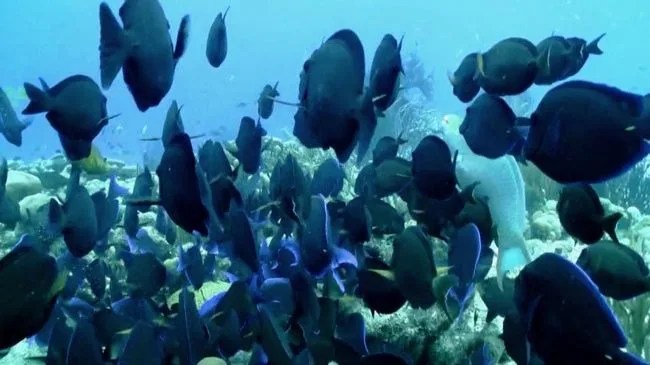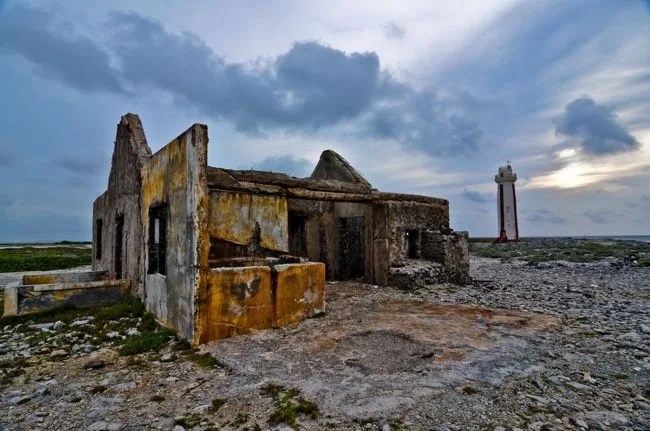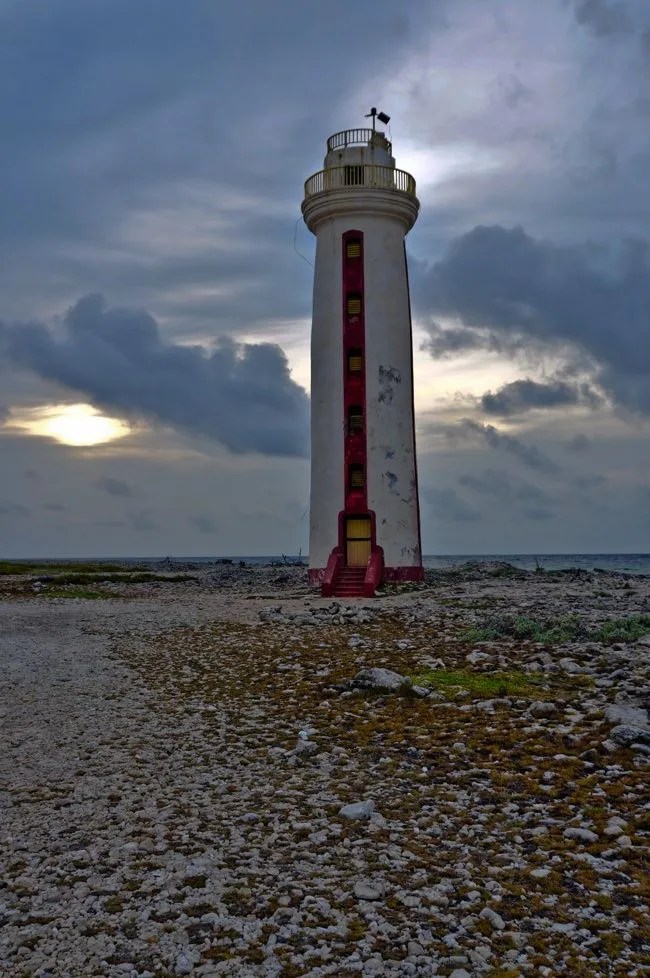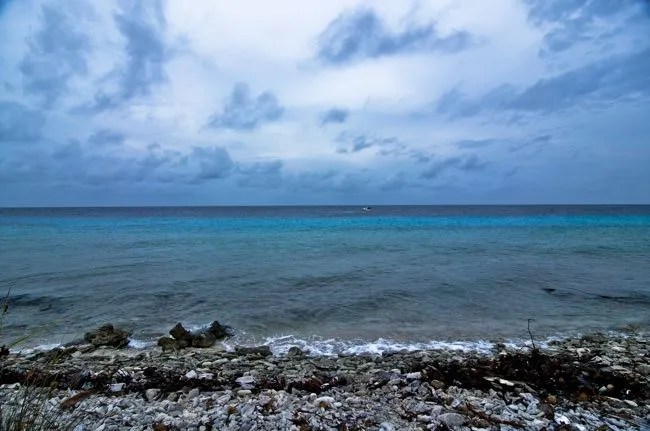If there’s one piece of advice I can give first-time visitors to Bonaire, it’s to skip the iguana stew. Maybe it was all the diving I’d done, but feeling adventurous, I ordered the local specialty at Rosie’s Inn in the small town of Rincon. Rosie’s is a café along the dusty, windy road in the middle of the island and the sign advertising the “coldiest” beer appealed to my friends and me after a long bumpy drive in an overmatched Mazda pickup. Rosie’s is little more than a collection of plastic chairs and a couple of folding tables under some awnings but the beer is cold and the service friendly. While my friends ordered more conventional Caribbean fare like beans and rice with chicken or freshly-caught fish, I felt bold and got the iguana. It arrived on a bed of rice in a dark sauce that did little to disguise the cross-section chunks of lizard tail, with leathery skin still intact. I could barely choke down a couple of bites, despite washing it down with that coldiest beer. It did not, contrary to advice I’d gotten, taste like chicken.
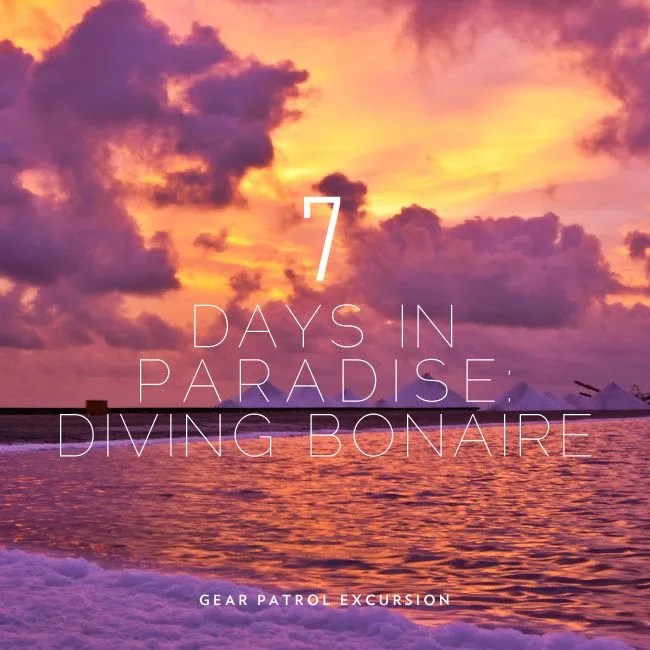
Outside of the hardcore SCUBA diving and windsurfing communities, few people have heard of Bonaire. Less known than its neighbors, Aruba and Curacao, it is the “B” in the ABC islands of the former Netherlands Antilles. Sitting in the far southern Caribbean, close to the Venezuelan coast, Bonaire is a diver’s paradise. Largely immune from hurricanes due to its southerly location, Bonaire offers some of the best diving in the hemisphere, if not the world. Its lush underwater abundance is in stark contrast to the island itself, which is arid and hot, spiked with cactus and thorny trees. Wildlife consists of wild donkeys, stray goats, flamingos and the aforementioned iguanas. It is, at first appearance, a god-forsaken place and has been that for centuries.
Originally inhabited by native Caribbean Indians, whose paintings can be seen in caves on the eastern side of the island, the Spanish and Dutch later colonized Bonaire, promptly enslaving its residents. The island’s barren landscape and unforgiving climate rendered it undesirable to its colonizers and it was used largely just to house slaves and harvest salt. Evidence of these practices still exists today. Salt harvesting and processing continues at the southern end of the island, now done by the multinational giant, Cargill Corporation. Huge pyramids of salt loom over pink catchbasins of seawater and a massive set of piers sees cargo ships dock to take on shipments of salt for transport around the globe. Meanwhile, tiny stone slave huts, long abandoned, sit on the coastline as solemn reminders of the island’s grim past.
Bonaire’s main city, Kralendijk, bears more resemblance to a frontier town in a spaghetti Western movie than it does a Caribbean hotspot
Bonaire’s main city, Kralendijk, bears more resemblance to a frontier town in a spaghetti Western movie than it does a Caribbean hotspot, other than the Dutch street names and old fort walls. Populated by a mix of Dutch immigrants and Caribbean locals, the main street is a collection of dive shops and dive bars, with some swanky bistros and even an upscale French restaurant to appeal to the tourists. Seafood is plentiful and good but most other food and supplies must be shipped here from Venezuela. But people don’t come here to eat. They come here to dive. And the packed weekly Delta Airlines flight is evidence of that, with the baggage carousel at Kralendijk’s Flamingo Airport spitting out duffel after duffel of dive gear.
Aside from the warm water and healthy reef system off of Bonaire’s shores, what appeals to divers here is also the accessibility. Unlike other dive spots like Cozumel or Grand Cayman, with their so-called “cattle boats” dumping hundreds of divers onto reefs on strict schedules, Bonaire is diving as it must have been in the early days. In fact, you can do four dives a day up and down the coast and never see another diver in the water. In Bonaire, it’s mainly shore diving, meaning you just wade in off the beach, descend and swim to the reef. There are hundreds of dive sites up and down the west coast of the island and you only need to park your rented pickup truck on the roadside or beach, gear up and walk into the blue Caribbean. The diving is all self-guided and easy, with most of the best sites between 30 and 70 feet deep.

